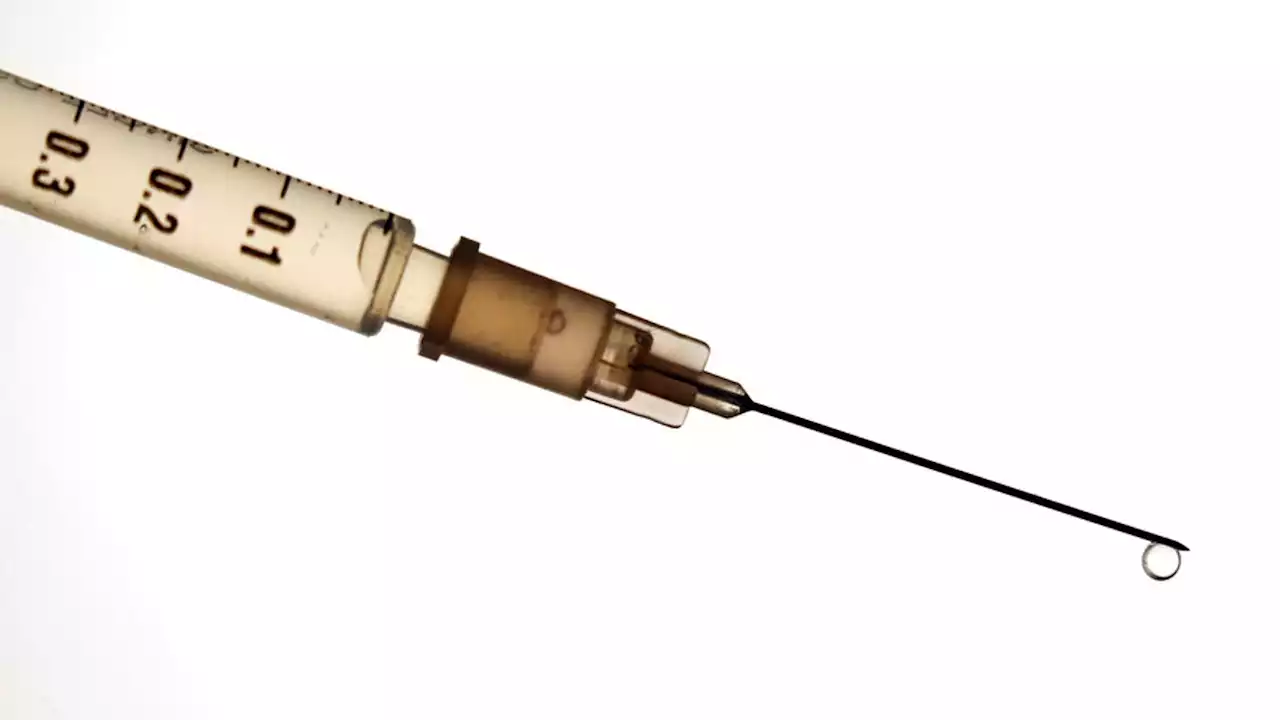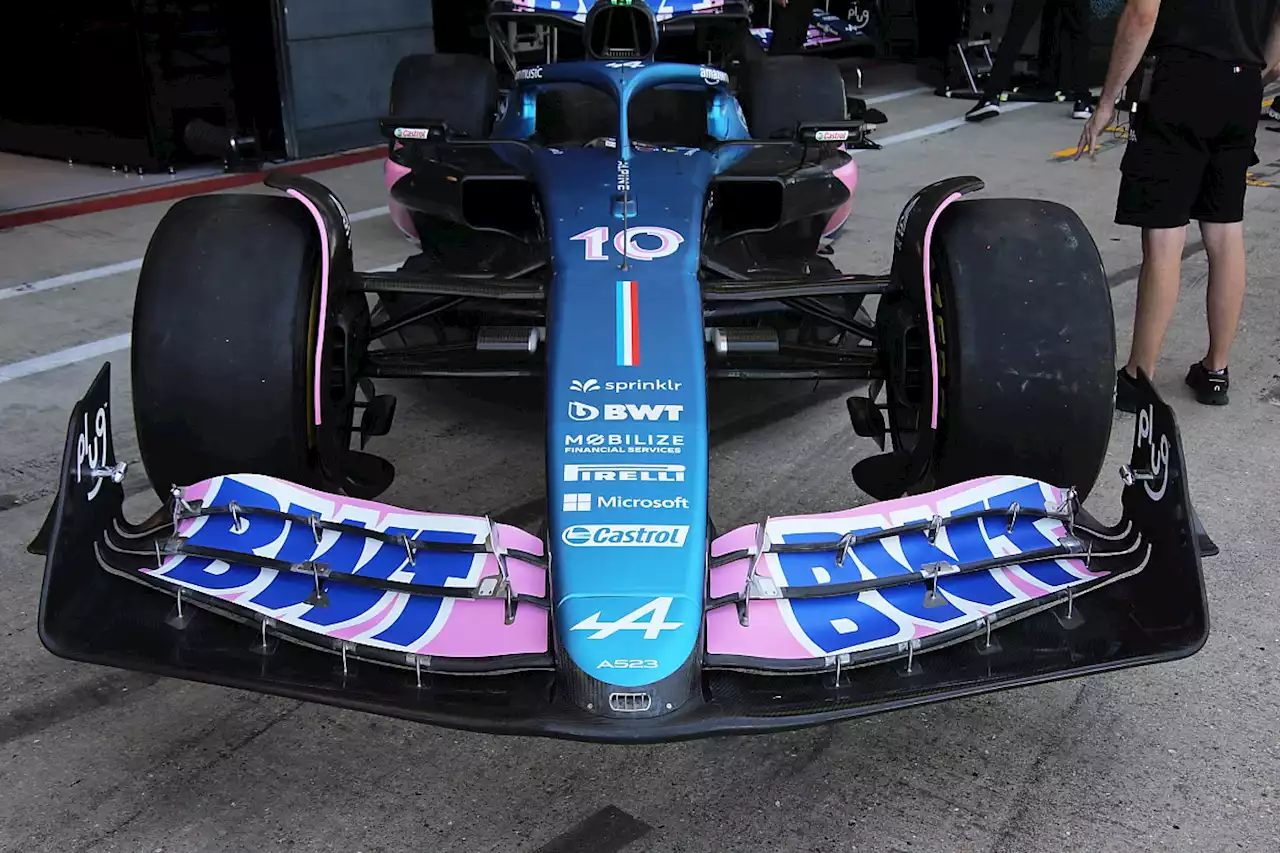New study shows circulating anti-insulin CD4 T cells reflect progression of anti-islet immunity autoimmunity CD4Tcells insulin isletimmunity immunology research diabetes ScienceTM
By Pooja Toshniwal PahariaJul 9 2023Reviewed by Benedette Cuffari, M.Sc. Type 1 diabetes is an autoimmune disease linked to helper T-cell recognition in non-obese diabetic mice and humans. Moreover, T1D affects the endocrine pancreas, thus causing patients to be dependent on insulin replacement therapy for the rest of their lives. Monitoring disease progression through peripheral blood sampling could provide insights into the immune-mediated mechanisms of T1D.
Peripheral blood mononuclear cells were isolated for flow cytometry analysis. Polymerase chain reaction -based HLA-DQA1 and DQB1 haplotyping, single-cell-type gene expression profiling, and T-cell receptor amplicon sequencing analyses were performed. HLA-DQB1 genes were assessed, with I-Ag7 and HLA-DQ8 anti-insulin peptide-major histocompatibility complex tetramers produced in mice and humans.
BDC2.5- and insulin-specific cells were monitored twice weekly in NOD mice between weeks four, which is one week after weaning, and 25, at which point 80% of mice developed diabetes, using peptide tetramers. The pancreas was examined by indirect immunofluorescence for glucagon and insulin content. Activated anti-insulin helper T lymphocytes were detected at the time of diagnosis, as well as among T1D patients with established illness and some at-risk individuals. In regard to activation and cell count, anti-insulin T lymphocytes showed peaks and troughs throughout the study period, which was similarly observed in all mice.
T lymphocytes activated exhibited an increased expression of various genes, including tyrosine kinase 2 , HLA-DRA, tumor necrosis factor receptor superfamily member 1B , interferon alpha and beta receptor subunit 2 , and nuclear factor kappa b subunit 1 . T follicular helper type cells exhibited increased expression of nuclear receptor 4A1 , HLA-DRA, interferon-gamma receptor 1 , C-C chemokine receptor 1 , zinc finger E-box binding homeobox 2 , and B-cell lymphoma 6 .
The NBD profile, which consisted of insulin-tolerized TH1 lymphocytes and Treg lymphocytes in the low and high expression groups, respectively, indicated a suboptimal cytokine and TCR combination. These findings suggest peripheral tolerance for insulin-targeted helper T-cells and islet-targeted immunity absence in normal individuals.
United Kingdom Latest News, United Kingdom Headlines
Similar News:You can also read news stories similar to this one that we have collected from other news sources.
 Inside Christina Hall's finished Newport beach home as HGTV star teases new projectThe former Flip or Flop star has been busy remodeling the Californian property with her husband Josh Hall
Inside Christina Hall's finished Newport beach home as HGTV star teases new projectThe former Flip or Flop star has been busy remodeling the Californian property with her husband Josh Hall
Read more »
 Escape to the Chateau's Dick and Angel Strawbridge announce new business ventureDICK and Angel Strawbridge announced the launch of their new book and other business ventures after their split from Channel 4. The ‘giddy and excited’ couple will be going on ‘A …
Escape to the Chateau's Dick and Angel Strawbridge announce new business ventureDICK and Angel Strawbridge announced the launch of their new book and other business ventures after their split from Channel 4. The ‘giddy and excited’ couple will be going on ‘A …
Read more »
 New HIV cases linked to spa that closed after 'vampire facial' clients tested positive for virus'Vampire facials' involve blood being drawn from a client's body, before plasma is split from it and then injected into the person's face.
New HIV cases linked to spa that closed after 'vampire facial' clients tested positive for virus'Vampire facials' involve blood being drawn from a client's body, before plasma is split from it and then injected into the person's face.
Read more »
 New shops earmarked for Blackpool at Holiday Inn developmentThe shops will be available from next Easter
New shops earmarked for Blackpool at Holiday Inn developmentThe shops will be available from next Easter
Read more »
 McLaren and Alpine debut new F1 front wings at the British GPMercedes is not the only team to introduce new front wings at Formula 1\u2019s British Grand Prix, with McLaren and Alpine bringing significant changes too.
McLaren and Alpine debut new F1 front wings at the British GPMercedes is not the only team to introduce new front wings at Formula 1\u2019s British Grand Prix, with McLaren and Alpine bringing significant changes too.
Read more »
 McLaren and Alpine debut new F1 front wings at the British GPMercedes is not the only team to introduce new front wings at Formula 1\u2019s British Grand Prix, with McLaren and Alpine bringing significant changes too.
McLaren and Alpine debut new F1 front wings at the British GPMercedes is not the only team to introduce new front wings at Formula 1\u2019s British Grand Prix, with McLaren and Alpine bringing significant changes too.
Read more »
